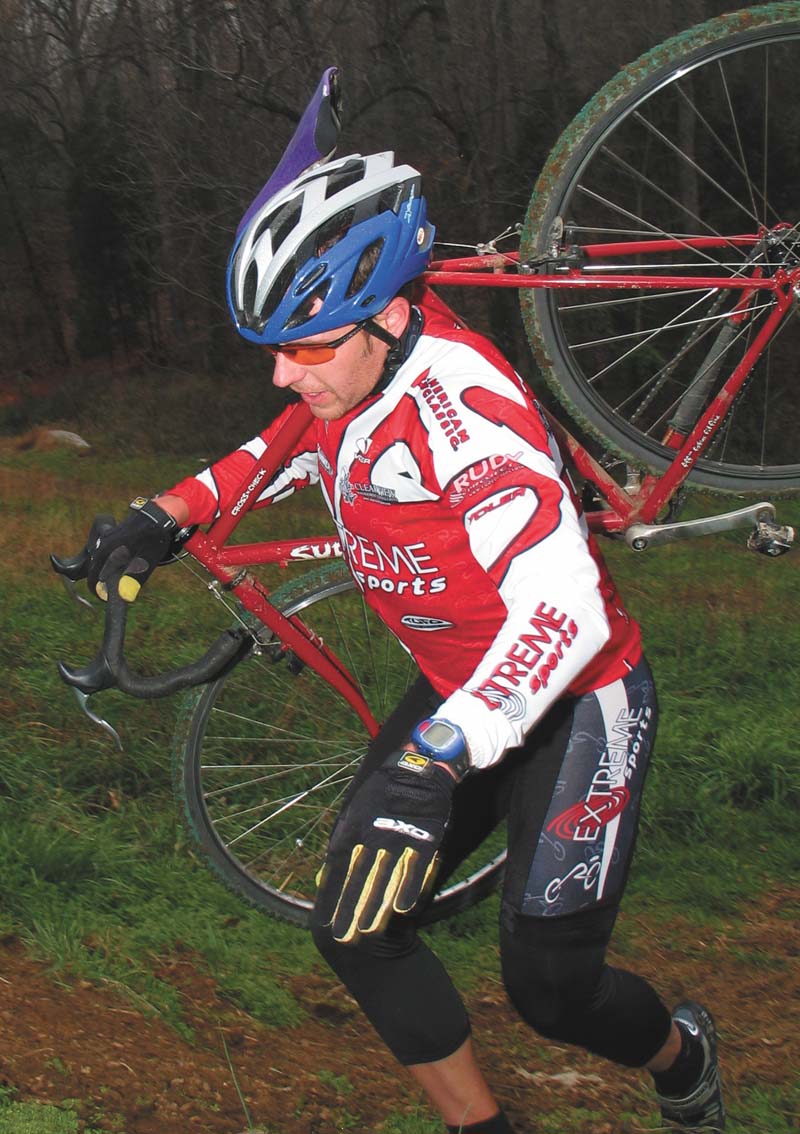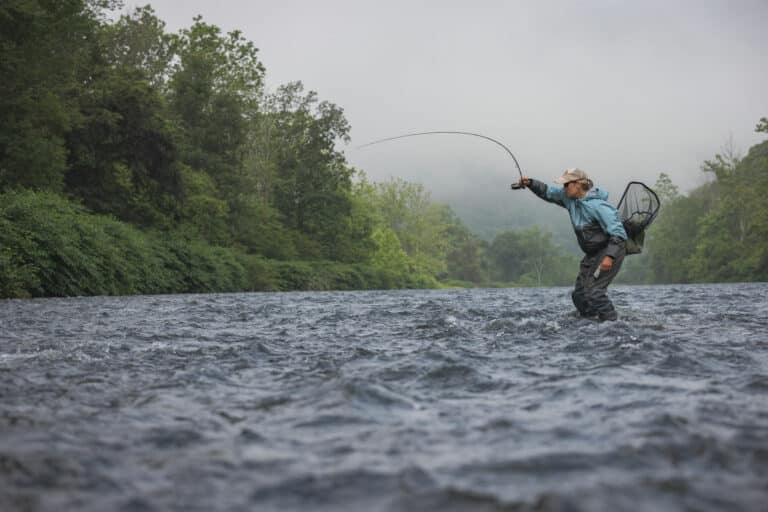
Traditionally, cyclocross is something that only the most dedicated cyclists did to entertain themselves during the cold winter months. This bizarre niche sport, which combines elements of road biking, mountain biking, and steeplechase, has enjoyed a loyal following for decades in Western Europe, while remaining a fringe sport here in the U.S.
But over the last two years, the sport has become the fastest growing form of bike racing in the country, according to USA Cycling. Mainstream bike manufacturers are building more cyclocross bikes, and thousands of newbie cross bikers are racing weekend after weekend during the coldest months of the year.
“Cyclocross has been growing nationwide over the last decade, especially here in the Mid-Atlantic. Some of the established cyclocross races in this region will pull 400 riders,” says Roger Friend, creator of the Urban Cross in Charlottesville, Va.
As cyclocross rises in popularity, some fear it will lose its low-key, grassroots heart.
“People focus their entire season on cyclocross now,” Friend says. “A lot of formerly competitive road riders now use the latter part of the road season to train for cyclocross.”
With this newfound intensity come the peripheral elements of competition: coaches, training regimens, multi-thousand dollar bikes, seriously competitive athletes in skin-tight uniforms, and sponsors.
Tim Hopkins is the founder of the NC Cyclocross series and is considered the father of cross in the Southeast. He’s been racing knobby tires on skinny bikes and watching the sport’s evolution for 15 years.
“The only reason I started a race series was so I could have more races to go to,” Hopkins says. “That first race I put on, we had maybe 25 riders out there. Now, we get more than 200 riders. People are flying in from all over the country to race here.”
But change isn’t necessarily a bad thing, says Hopkins, particularly if the fundamentals of the sport stay true. According to Hopkins, a cyclocross race must maintain three key elements. It must be entertaining, hard, and cheap.
“The courses are short, painful, but really exciting. Spectators can actually watch these races. You’re close to the action. And we make a point to keep entry fees as low as possible.” (The typical cross entry fee is $20, compared to $50+ for mountain bike races).
And even though bikers are training year-round for cyclocross season, nobody is taking the competitions too seriously, largely because cross doesn’t receive the same kind of financial support from USA Cycling that road and mountain disciplines enjoy.
“There’s no real prize money to fight for,” Hopkins says. “No one’s pretentious about how good they are. It’s not taking us anywhere. But it’s a hell of a lot of fun.”
A TYPICAL CYCLOCROSS RACE
The Scene: Expect a healthy crowd, as cross is the most spectator-friendly bike sport around. Some races have a DJ spinning tunes and an active beer garden. The racers will range from first-timers on mountain bikes to hardened pros on fast cross bikes.
The Course: A one- to two-mile loop course with fast flat sections and steep climbs and descents. The surface is predominantly off-road (grass, gravel, dirt) with the occasional mud pit or sand pit. Look for logs and manmade barriers that you’ll have to dismount and hop over at full speed while shouldering your bike.
The Gear: Cyclocross bikes are basically road bikes with knobby tires (not as fat as mountain bike tires). Most have six speeds, though some manufacturers are making a ten-speed cross bike now. If you race on a mountain bike, you’ll want a hardtail or a full rigid.








